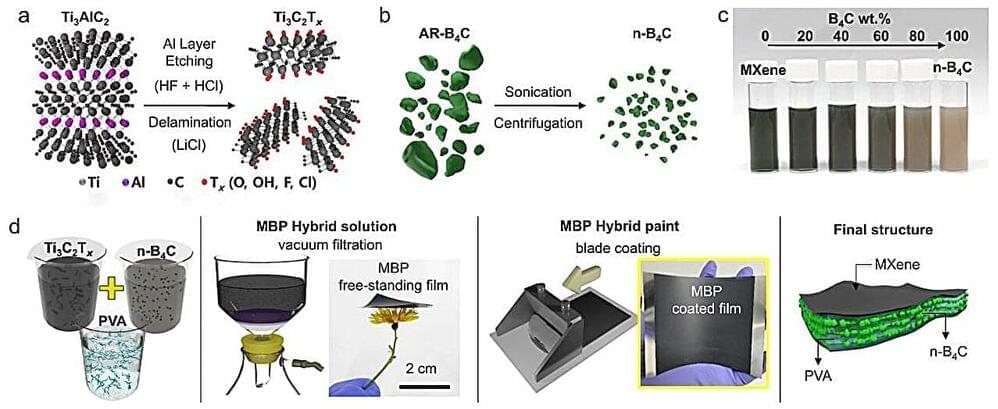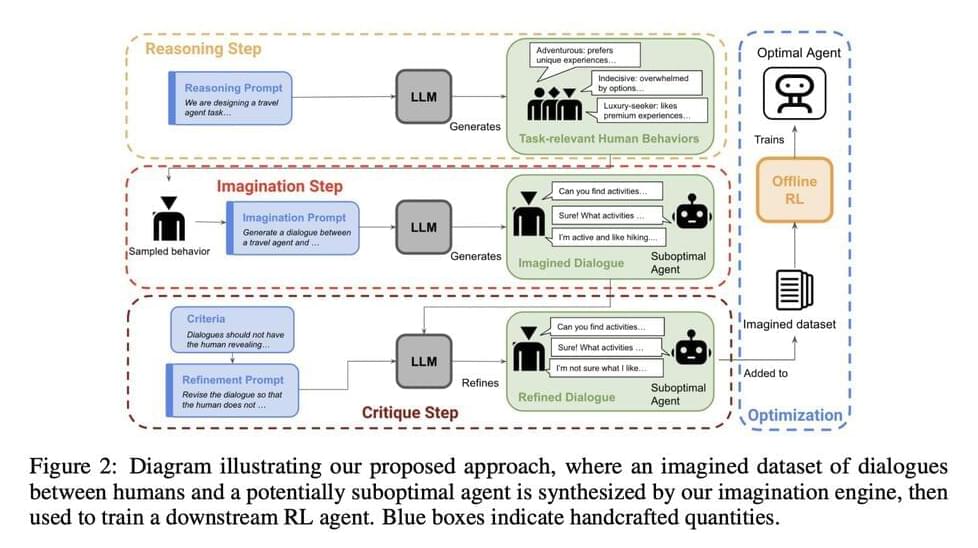Investors are always looking for the next great breakthrough in technology. As computers are indispensable tools for managing everything from finance to healthcare and smart cities, it only makes sense to look at the next stage of development and A-rated quantum computing stocks.
Quantum computing is still in its early stages, but companies are already making inroads. Zapata surveyed executives at 300 companies with revenues of $250 million and computing budgets over $1 million. Of those, over two-thirds spent more than $1 million annually to develop quantum computing applications.
Quantum computer stocks represent companies trying to revolutionize cryptography, optimization, drug discovery and artificial intelligence. It holds promise for solving complex problems currently infeasible for classical computers due to their exponential time requirements.






